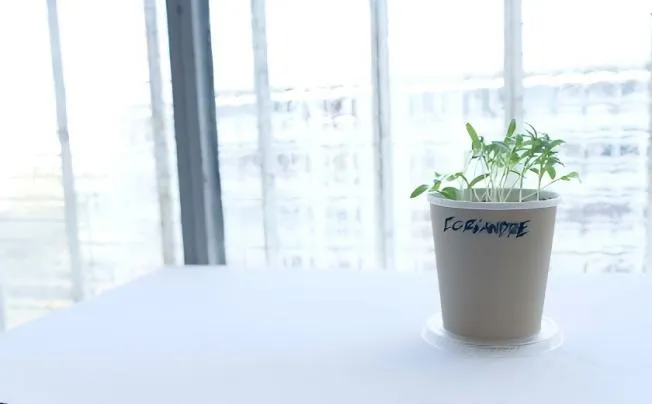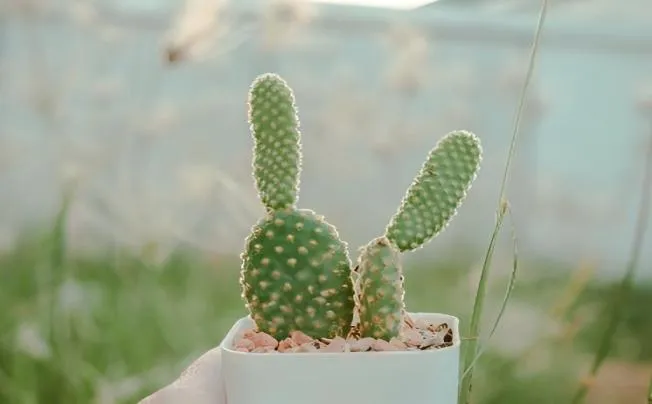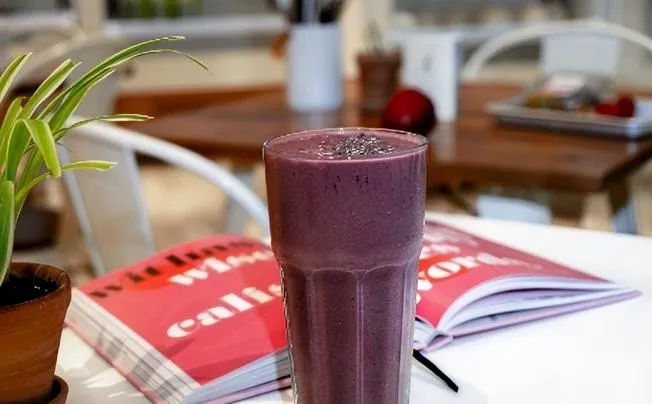Can I Plant Directly In A Galvanized Pot?
Choosing the right planting container is a key step in starting a successful planting journey.
Pros and cons of direct implantation
Benefits
1. Sturdy and long-lasting: It can withstand wind and rain in the courtyard or different climatic conditions on the balcony without easily deforming or breaking. Because of their durable construction, galvanised flower pots can give plants a stable growing environment for an extended period of time, unlike other plastic flower pots that are prone to ageing and shattering under prolonged sunshine.
2. Beautiful and varied: In addition to providing protection, the galvanised layer on the outside of the pot adds a distinctive metallic sheen that gives the garden or indoor area a fashionable touch. Additionally, galvanised pots can be processed through a variety of techniques, including welding, stamping, and other processes, to create pots of various sizes and shapes to accommodate the growth requirements of various plants and people's aesthetic preferences.
3. Easy installation: Installing galvanised pots is very easy; typically, all you have to do is set them up in the proper location and fill them with soil and plants.
4. Healthy and ecologically friendly: Galvanised pots are safe for the environment and human health because they are composed of eco-friendly materials and don't contain any dangerous chemicals. There is no need to be concerned that the pots would leak toxic chemicals during the planting procedure, which could harm both human health and plant growth. Furthermore, galvanised pots' ability to be recycled aligns with contemporary environmental preservation principles. To lessen the impact on the environment, you can recycle it after you're done using it.

Drawbacks
1. Zinc precipitation: Over time, zinc may progressively precipitate, particularly in a humid climate, even if the galvanised coating on the galvanised pot's surface may serve as a protective layer. A plant's ability to absorb other nutrients may be hampered by too much zinc, which can result in poor plant development, fading leaves, and other issues. Using galvanised pots for direct planting requires extra caution, especially for plants that are sensitive to zinc, such camellias and azaleas.
2. Heavy weight: Galvanised pots are often heavier than ceramic or plastic pots. This will cause some annoyances when relocating flower pots, particularly for people who must regularly rearrange flower pots or do extensive gardening setups. You might feel overburdened by the enormous weight, and you might even hurt your waist by accident.
3. Expensive: The cost of materials and the production process make galvanised pots comparatively expensive. The price of purchasing galvanised pots could be prohibitive for those gardeners with tight budgets. Plastic pots, on the other hand, are less expensive and can satisfy the demands of certain budget-conscious customers.
4. very single style: Despite some stylistic development, galvanised pots remain very single in comparison to ceramic, plastic, and other pots. Some individuals might believe that galvanised pots are unable to satisfy their demands for distinctive pot shapes and decorations in the quest for personalisation and variety in contemporary gardening.
Correct use and precautions
Initial preparation
Start by giving the galvanised pot a thorough examination to see whether it is broken, distorted, or if the galvanised layer has fallen off.
Once the inspection is accurate, carefully clean the pot's exterior and interior using clean water and a mild detergent to get rid of any dust, oil, or other surface contaminants. These contaminants could harm the roots of the plant and even prevent it from absorbing nutrients if they stay on the container. Before moving on to the next stage after cleaning, make sure the pot is thoroughly dry.
An important step is to drill holes in the pot's bottom to guarantee adequate drainage and air permeability. The number and size of the holes should be appropriately chosen based on the pot's dimensions and the requirements of the plant. More holes and a bigger hole diameter are often possible in larger pots, whereas smaller pots can have fewer holes and a lower hole diameter. To further stop the dirt from clogging the drainage holes, you can also cover the bottom of the pot with broken tiles, ceramsite, or screen mesh after drilling the holes. This will also help with air permeability and water retention.

Planting procedure
Loose, fertile, and well-drained soil is ideal for planting in galvanised pots. For instance, a 3:2:2:1 ratio can be used to combine leaf mould, peat, perlite, and vermiculite. This type of soil formula is rich in organic matter, which gives plants enough nutrients, and it may guarantee good air permeability and drainage. The pH of the soil must be changed for certain plants that have particular needs, including gardenias and blueberries, which favour acidic soil. To lower the soil's pH, you can apply ferrous sulphate or sulphur powder in the right amounts.
When planting plants, take care not to damage the root system. First, cover the bottom of the pot with a layer of soil that is about 3 to 5 cm thick. Next, place the plant inside the pot, straighten it, and gradually add soil, lifting it gently as you go to ensure that the soil is completely in contact with the root system. The added soil should be moderately high, usually 2-3 cm from the pot's mouth, to allow for easier fertilisation and watering later on.
To ensure the soil is completely moist and to aid the plant roots in adjusting to their new surroundings, water the area well once after planting. To avoid damaging the root system or spreading the soil, take care not to use too much water when watering.
Daily upkeep
Galvanised pots should be cleaned on a regular basis to preserve their aesthetic appeal and avoid dirt buildup. To get rid of dust and stains, you can use a moist cloth to clean the pot's surface. You can use a moderate detergent to get rid of stubborn stains, but stay away from detergents that include strong acids and alkalis since they can harm the galvanised layer. You should be mindful to look for any indications of rust or corrosion on the pot while cleaning it. As soon as an issue is identified, take prompt action to address it.
You can lightly coat the surface of the galvanised pot with mineral oil or anti-rust paint to stop it from rusting. Make sure the pot is dry before applying mineral oil. Then, dip a clean cloth into the right amount of mineral oil and spread it evenly over the pot's surface. If you're using anti-rust paint, pick a trustworthy, safe, and environmentally friendly product and follow the directions. Usually, two to three layers must be applied, and each layer must be allowed to completely dry. Additionally, to lessen the chance of rust, try to keep galvanised pots out of wet, dark areas and instead position them in a bright, well-ventilated area.
Depending on the type and stage of growth, fertilise plants appropriately during the growing season. In general, a thin liquid fertiliser can be administered once every one to two weeks. To prevent fertiliser damage from high concentration, the liquid fertilizer's concentration should be kept between the range of 0.1% to 0.3%. To encourage flower bud differentiation and flowering, some flowering plants require higher pre-flowering fertiliser applications of potassium and phosphorus, such as potassium dihydrogen phosphate. To prevent fertiliser from coming into direct touch with plant roots, apply fertiliser gradually along the pot's edge.

Selected Blogs
-
What customization services are available for metalworking customization?
2024-12-12
-
What Is The Difference Between A Plant Container And A Raised Bed?
2024-04-23
-
Garden Screening & Fence Panels
2024-04-23
-
Gardening pot selection tips
2024-04-17
-
The function and collocation of horticultural fire pot
2024-04-17


